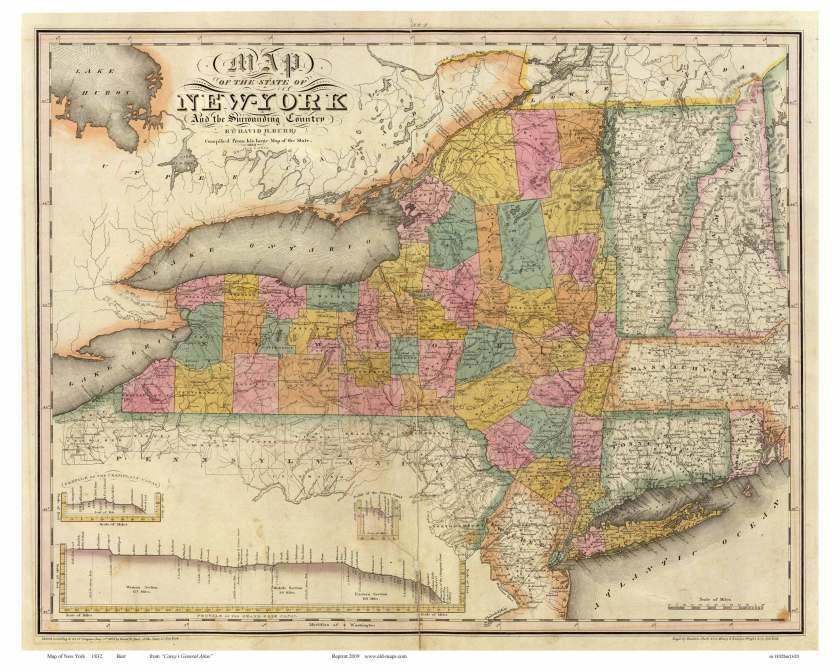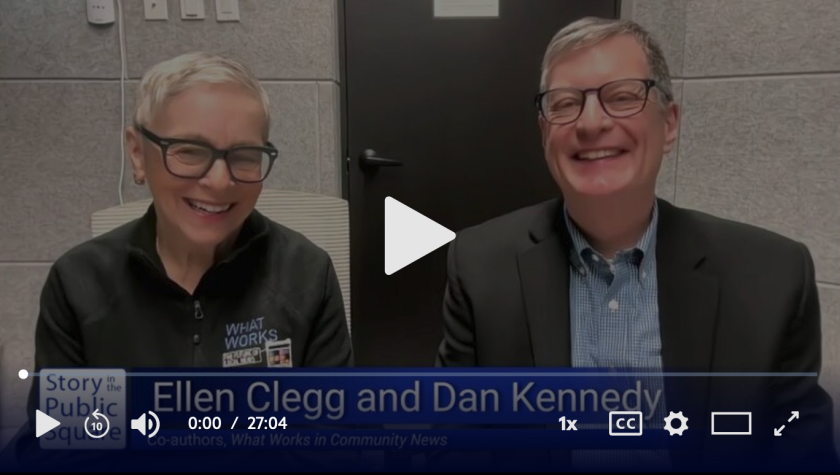
By Dan Kennedy
New York will become the first state to offer a tax credit aimed at helping local news organizations. According to Rebuild Local News, which has been pushing for several different tax credits at the federal and state levels, the New York legislature and Gov. Kathy Hochul have agreed to a budget provision that will set aside $30 million a year for three years in order to offset the cost of hiring and retaining journalists.
Although the plan is multi-faceted, there are two aspects that I think are especially worthy of note.
The first is that calling it a “tax credit” is something of a misnomer — rather, it’s a payroll credit available to all news publishers, including nonprofits, which don’t pay taxes, and for-profits operating at a loss, which are also exempt from taxes under most circumstances. Zachary Richner, the founder of the 200-member Empire State Local News Coalition, explained that in a recent appearance on “E&P Reports,” a vodcast hosted by Mike Blinder, publisher of the trade publication Editor & Publisher. Given the importance of nonprofit startups in helping to solve the local news crisis, it makes sense to include them.
The second is that newspapers owned by publicly traded corporations are ineligible for assistance. That would exclude Gannett, the country’s largest newspaper chain, which is notorious for its slash-and-burn approach to managing its newsrooms. According to the chain’s website, Gannett currently owns 12 daily newspapers in New York, including well-known titles such as the Democrat and Chronicle of Rochester and the Times Herald-Record of Middletown.
Gannett shouldn’t be rewarded for destroying newspapers, but the provision does lead to some anomalies. For instance, Alden Global Capital, which, like Gannett, is notorious for driving up profits by hollowing out its newspapers, would presumably be eligible for assistance because it is a privately held hedge fund rather than a public company. On Twitter/X, I asked Steven Waldman, the president of Rebuild Local News, whether Alden would be able to put its hands on some state money. His answer: “Yes. I think so.”
Alden’s MediaNews Group chain owns four dailies in New York, including The Record of Troy, and The Saratogian. Alden also owns New York City’s legendary Daily News, which is listed as being part of MediaNews but which I understand is managed separately.
If I might speculate, it could be that there are several privately held chain owners in New York that are doing good work and that proponents of the credit didn’t want to exclude them. The largest privately held national chain doing business in New York is Hearst, whose Times Union of Albany is a well-regarded paper (but is not part of the Empire State coalition). In any case, even if Alden’s papers get some of the money, it provides an incentive for them to do the right thing.
Some other details of interest, quoting Rebuild Local News:
- No newsroom can get more than $320,000.
- The subsidy to newsrooms will be based on the number of employees. The benefit will be up to $25,000 per employee (50% of the salary up to a $50,000 wage.)
- $13 million for firms with fewer than 100 employees, $13 million for bigger ones, $4 million for new hires.
As I said up top, there have been a number of tax credits proposed to help local news outlets over the past few years. The best known, the Local Journalism Sustainability Act, would have created credits not just for publishers but also for subscribers and advertisers. President Biden included a credit for publishers in his Build Back Better bill, which died at the end of 2021.
The question, as always, is whether government assistance to local news is a good idea. U.S. Rep. Claudia Tenney, R-N.Y., recently filed legislation to defund NPR in response to former senior editor Uri Berliner’s error-filled lament that the network has fallen in with the progressive left. Tenney, as it happens, is a lead sponsor of the Community News and Small Business Support Act, a bipartisan bill that would create tax credits for local publishers and advertisers.
Mike Blinder raised the issue of government interference with Richner and Waldman, who was also a guest on Blinder’s recent podcast. They responded, essentially, that the New York tax credit was worded in a neutral manner so that news organizations could not be punished for their specific content.
I agree that tax credits are about as neutral and arm’s-length as you can get in insulating journalism from government pressure. But it’s always going to be a challenge. Given that the New York credit expires after three years, you can be sure there will be a debate over whether to renew it as the expiration date approaches. That, in turn, will give politicians an opportunity to redefine eligibility requirements — and there’s always a possibility that some assessment of content might be part of that.
Still, the New York system seems like an experiment worth trying, and I’d like to see it spread to other states.









